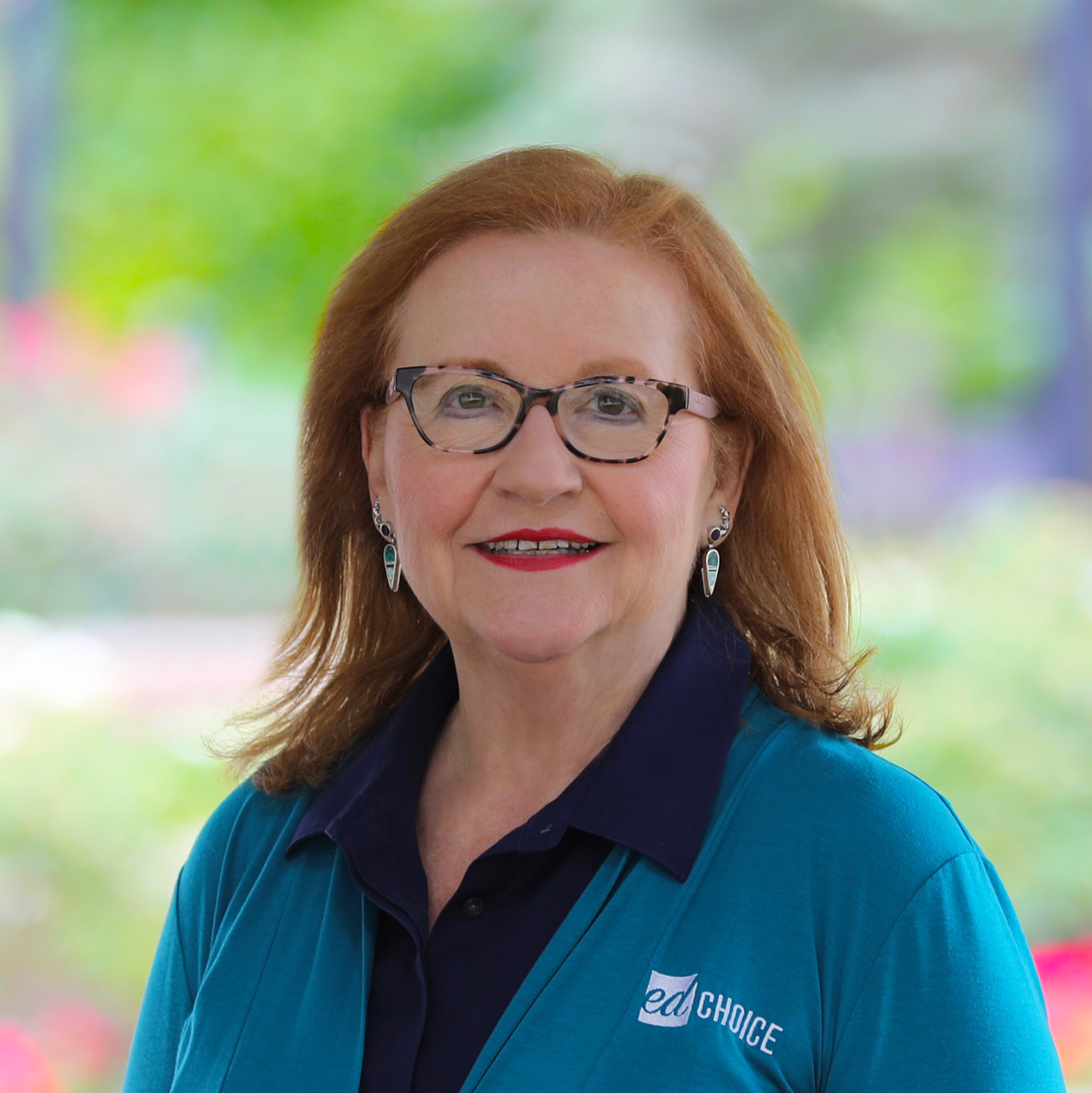BRIEF: School Choice in the States October 2015
National
The Friedman Foundation for Educational Choice released a new report, The Integration Anomaly: Comparing the Effects of K–12 Education Delivery Models on Segregation in Schools, by Dr. Ben Scafidi. The report explores recent trends in both racial and income segregation in neighborhoods and schools and offers do’s and don’t’s for school choice programs aiming to increase school integration. Read The Integration Anomaly here.
Colorado – Brittany Corona @BrittanyLCorona
The Friedman Foundation also released Exploring Colorado’s Private Education Sector by Andrew D. Catt. This survey, the fourth installment in our School Survey Series, looks at private school availability and costs in Colorado. It also surveys private schools’ likelihood to participate in school choice programs and private schools’ concerns about such programs. Read the full report on Colorado’s private schools here.
Nevada – Michael Chartier @mchart1
The Nevada State Treasurer’s office released preliminary data on education savings account (ESA) applications thus far. Of the 3,076 submitted applications, 650 have identified themselves as low-income, while another 207 identified themselves as having a disability. A majority of ESA applicants have a household income of $64,908 or less, according to the Las Vegas Review-Journal’s analysis of the new data. Additionally, the treasurer released applicant ZIP Code data as well as county and school district participation. So far, nine of the 16 counties in the state are represented, including Carson City, an independent city in the state. More data is forthcoming.
Pennsylvania – Brittany Corona @BrittanyLCorona
State Sen. Ryan Aument, the Friedman Foundation, and the Commonwealth Foundation hosted a meeting to discuss ESAs at the Pennsylvania State Capitol on October 20. Sen. Aument introduced his bill to allow parents of students with an Individualized Education Plan (IEP) or a 504 accommodation plan to use 90 percent of the state aid that would have been spent on their children in public schools toward a variety of state-approved educational tools and services. Options would include private school tuition, textbooks, private tutoring, curricula, online learning, and a host of other providers.




